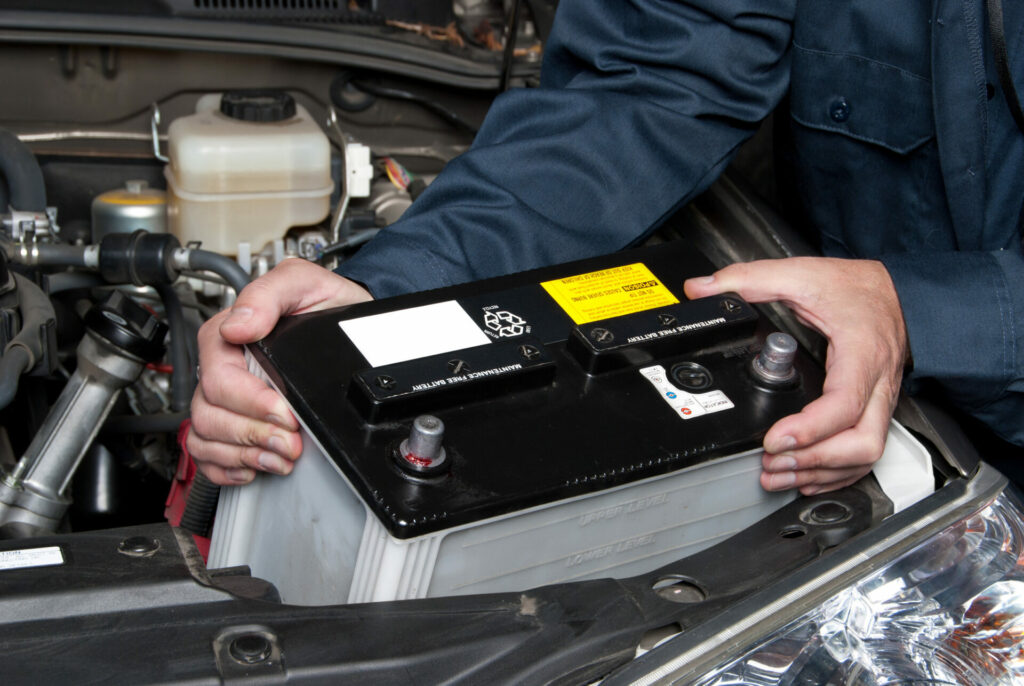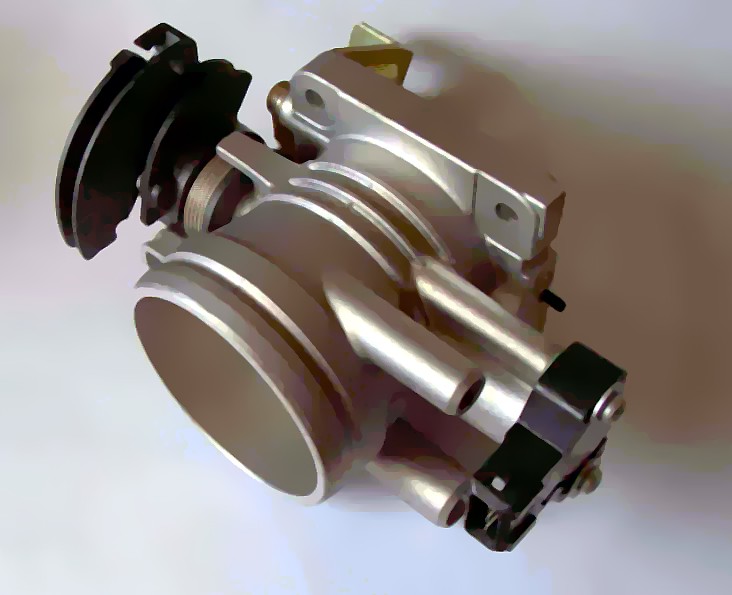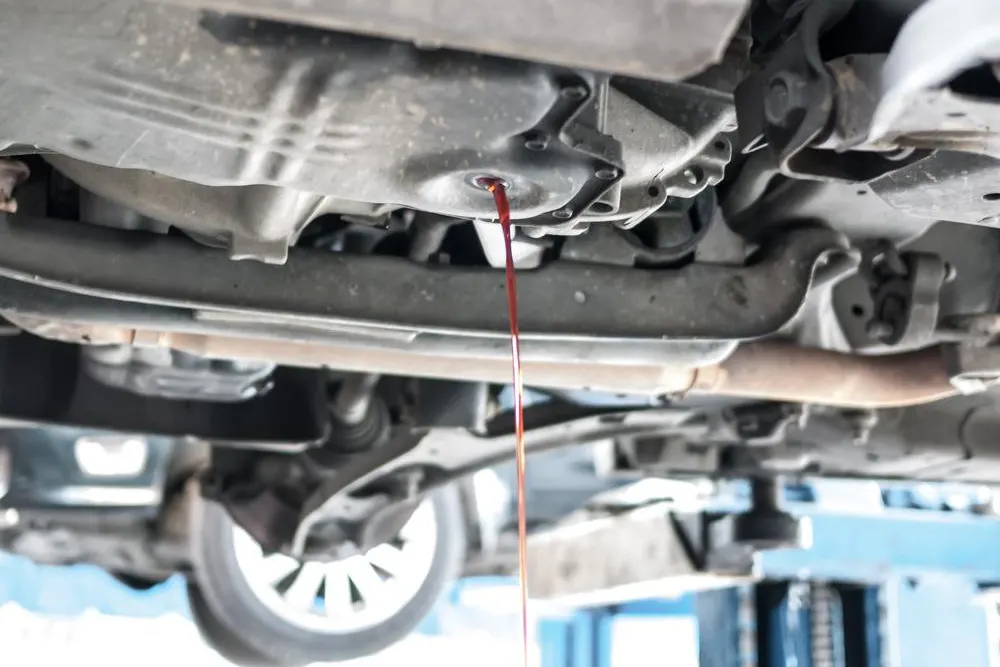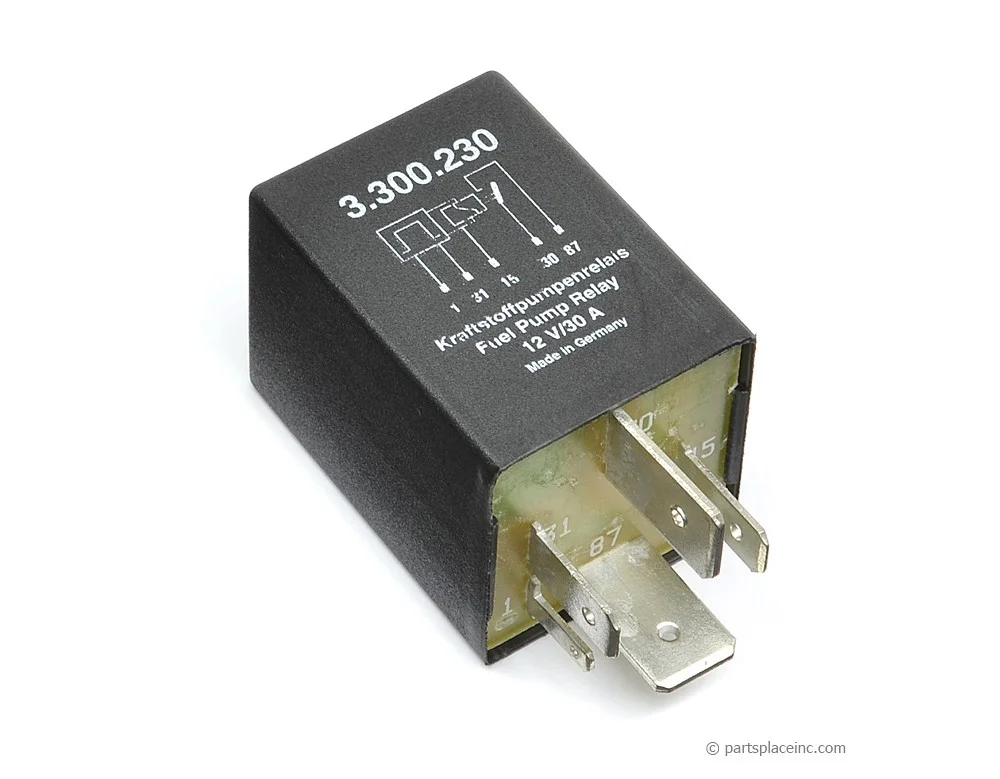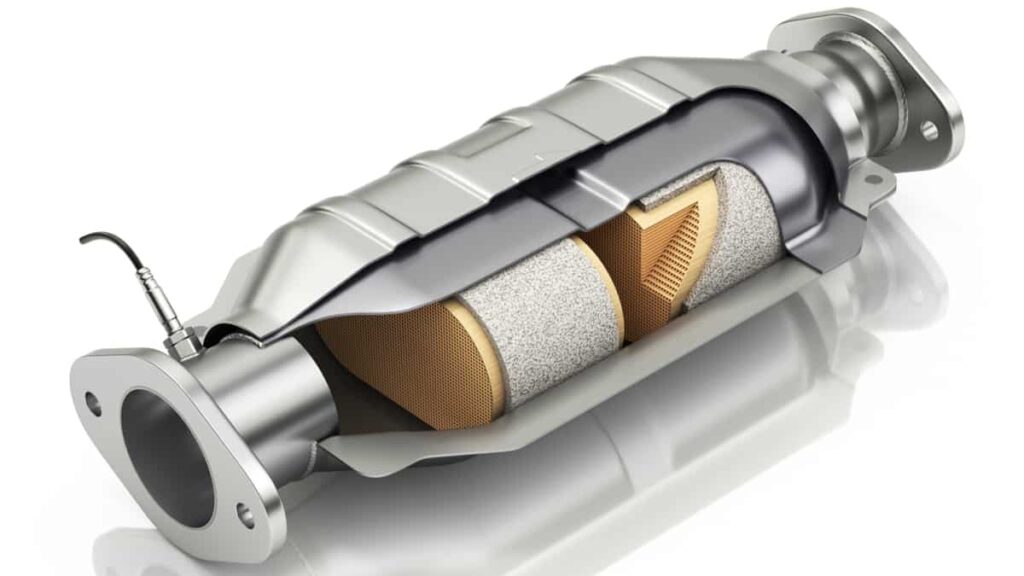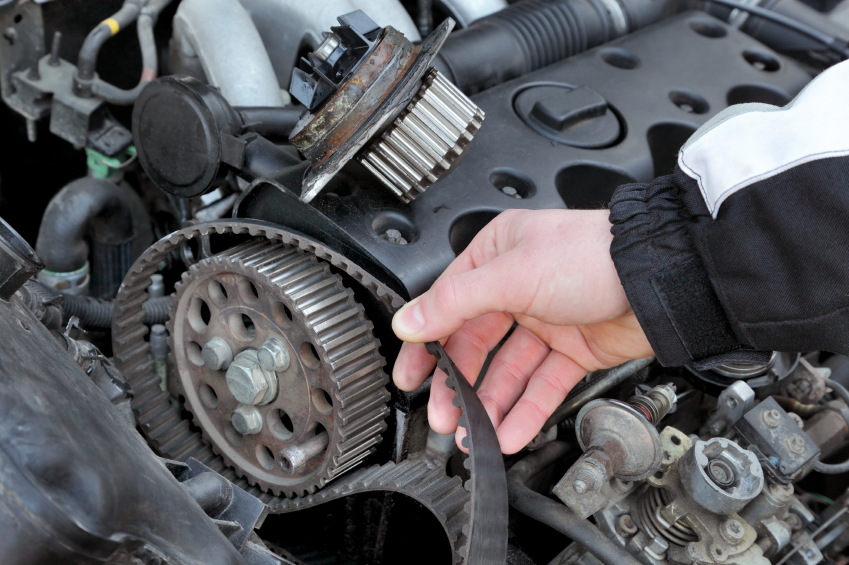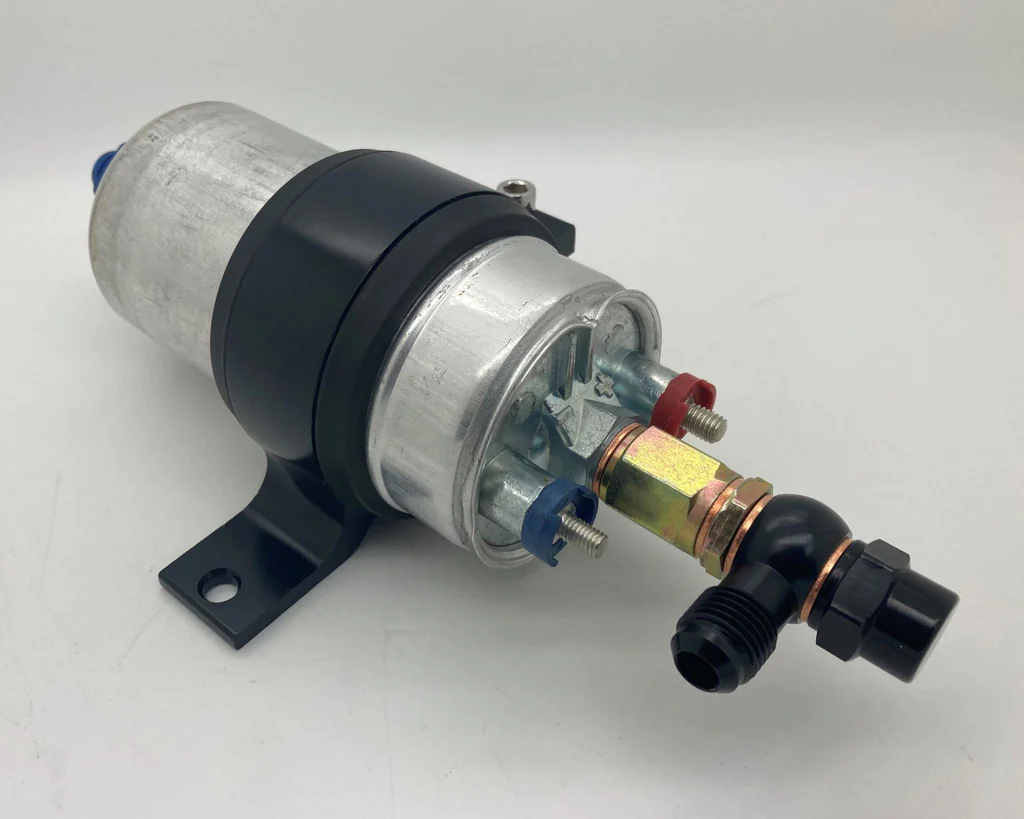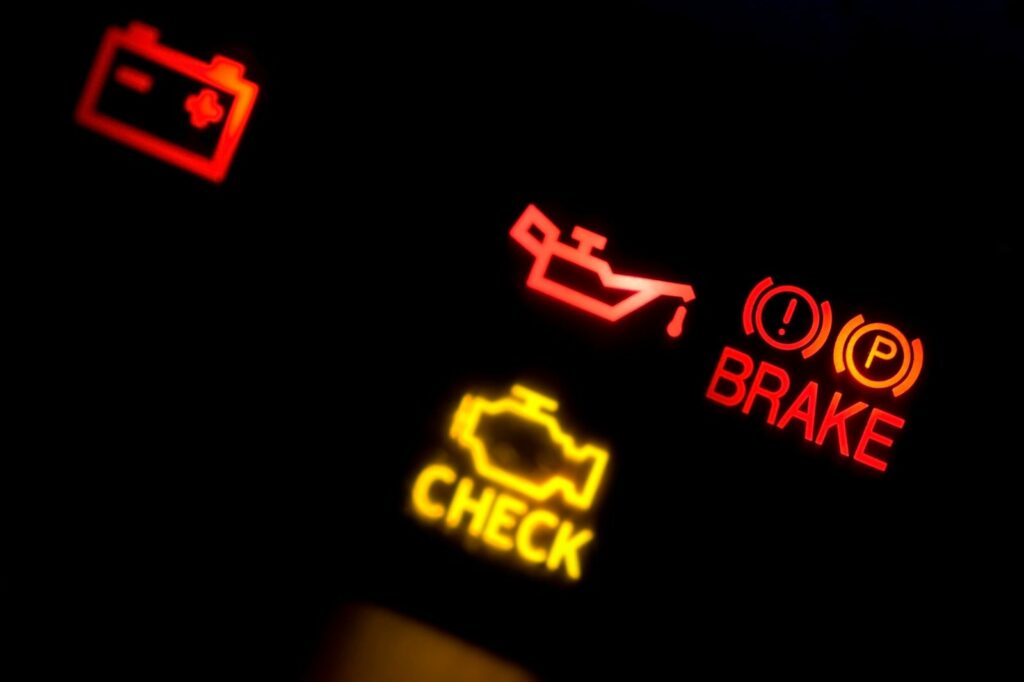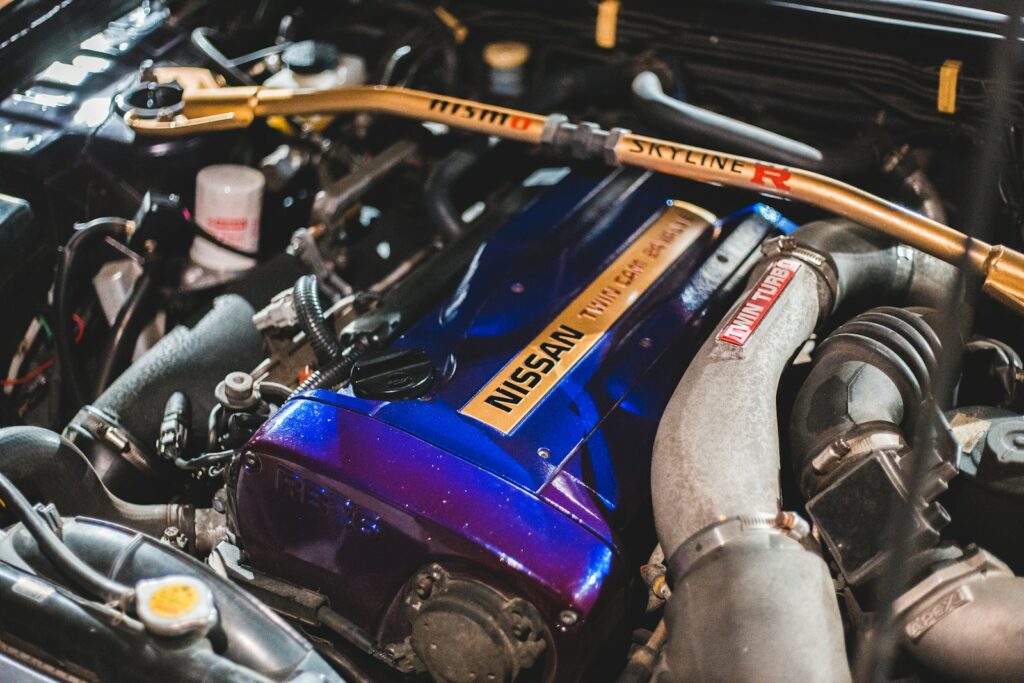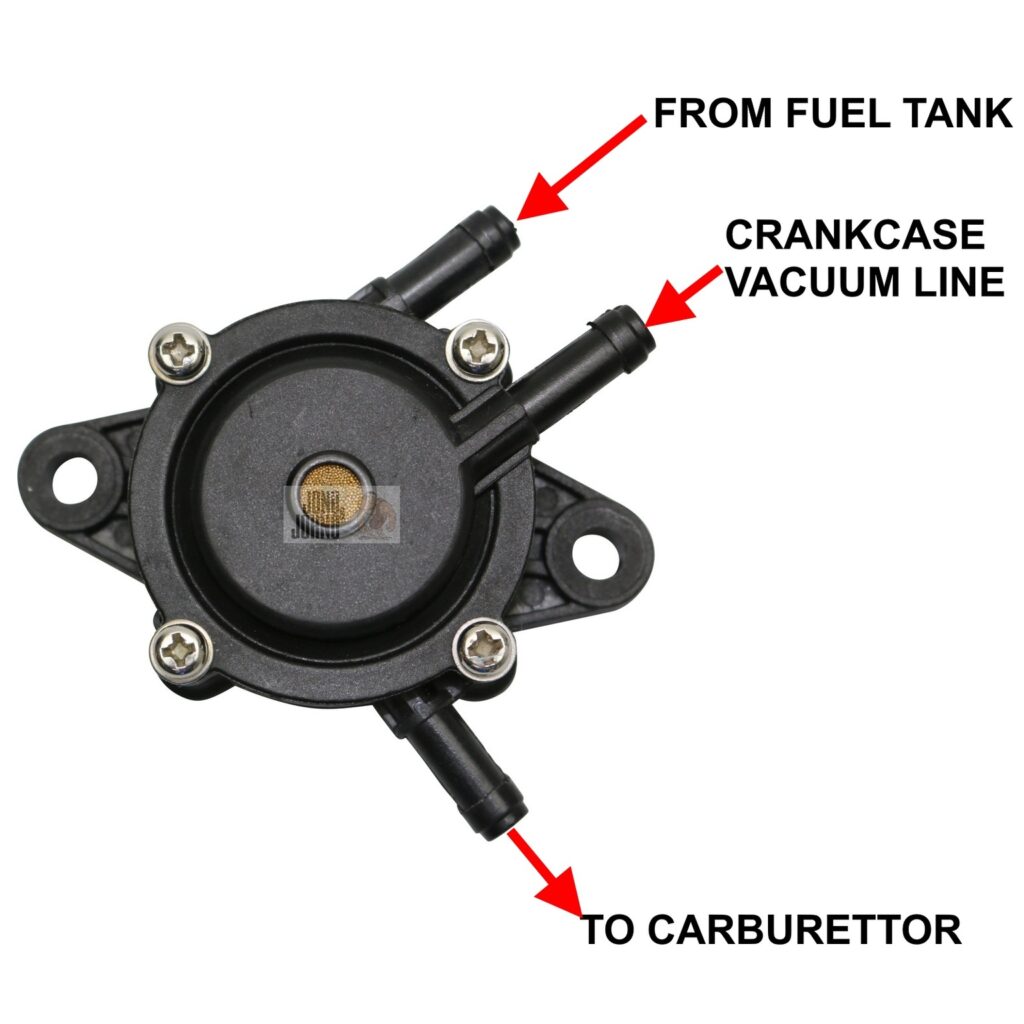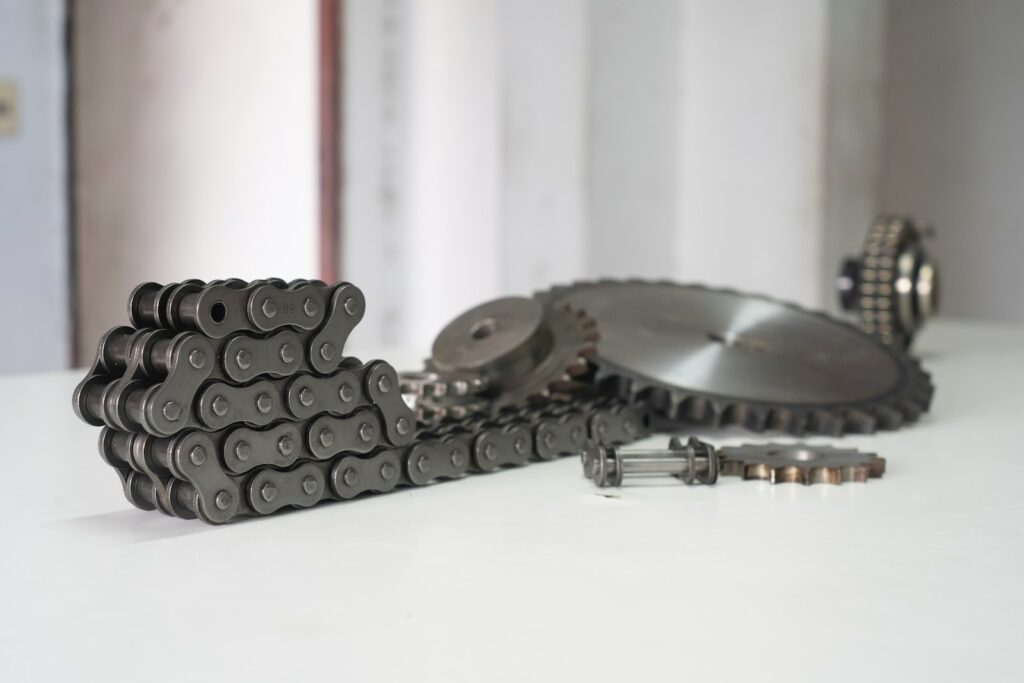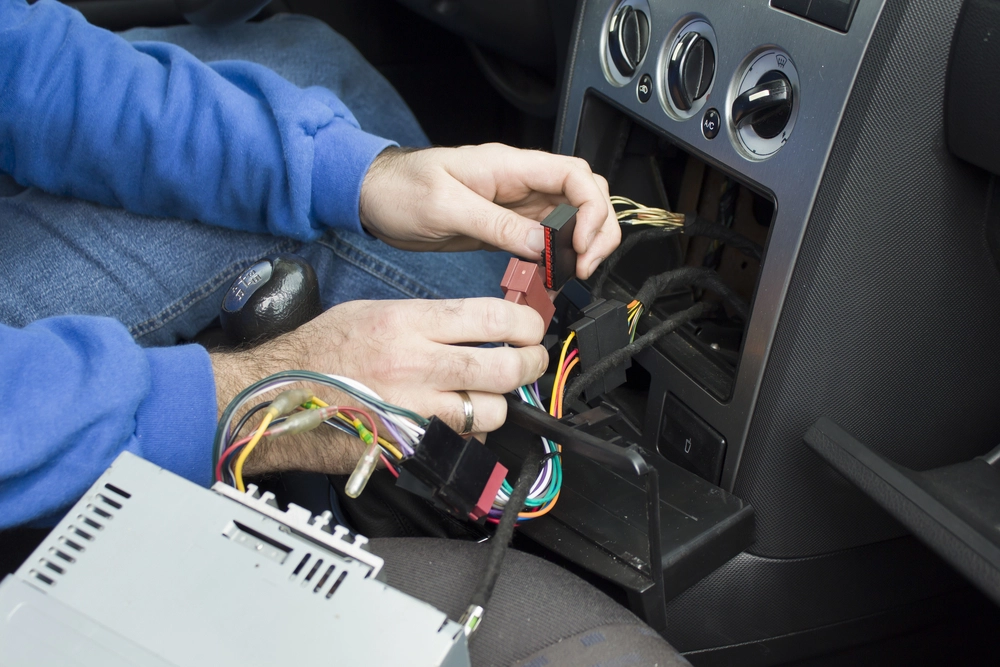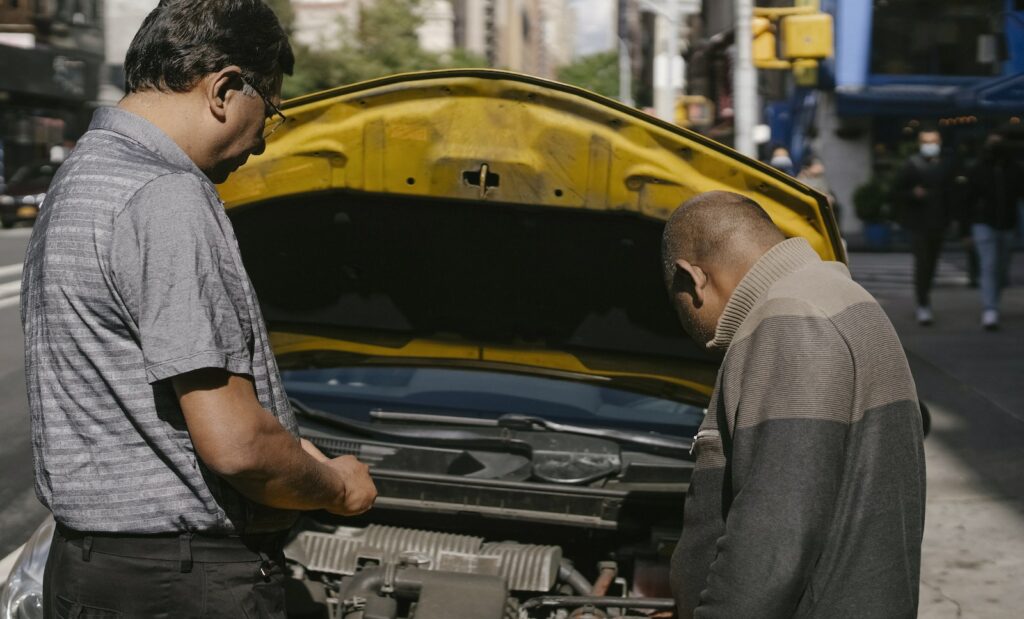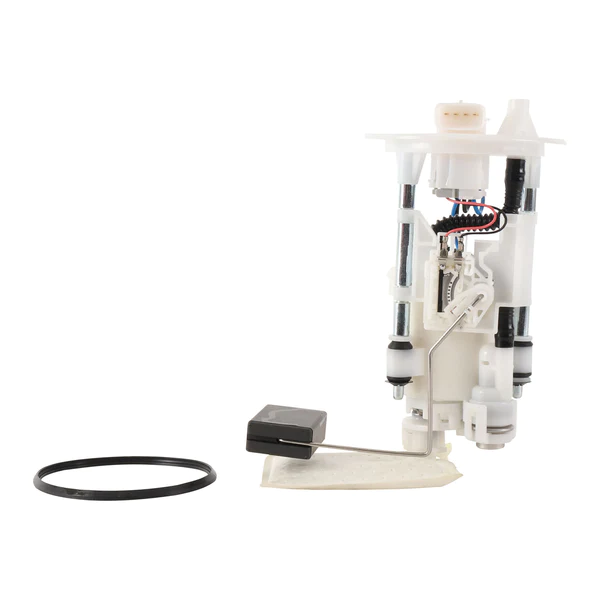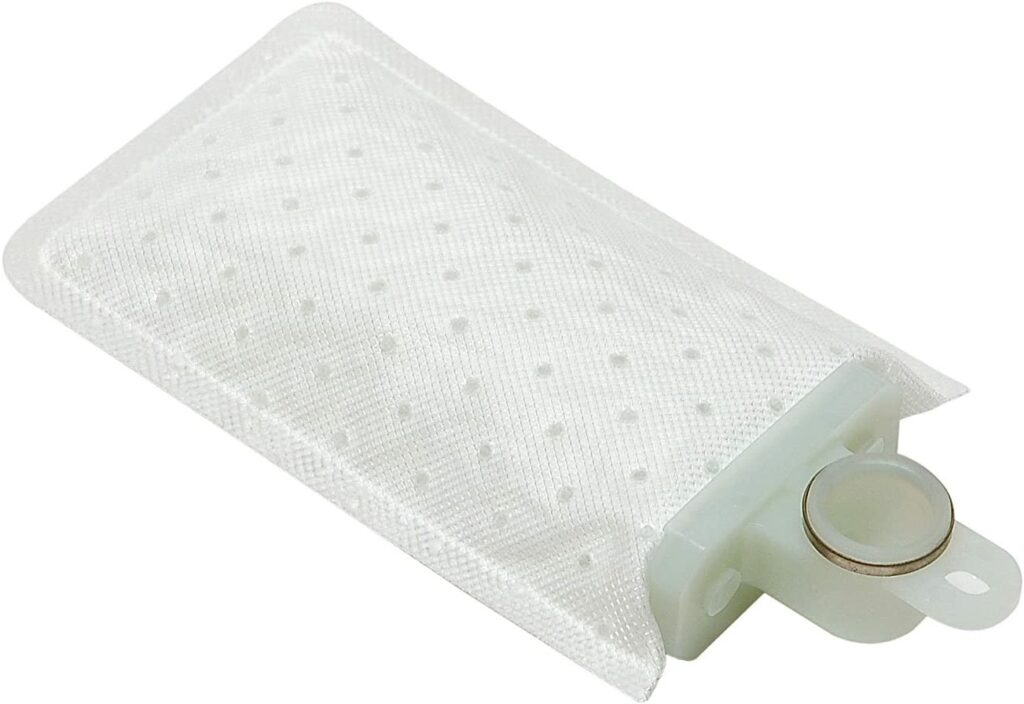Introduction:
It’s happened to all of us at some point – you’re running late for work or an appointment, and your car won’t start. There’s a good chance it’s your car’s battery that’s died. Don’t panic, however, because there are a few things you can do to get your car running again. In this post, we’ll go over the steps you need to take and precautions you should keep in mind when dealing with a dead car battery.
Step 1:
Check the Battery Terminals The first thing you should do is check the battery terminals. Make sure they are clean and free of corrosion. If they are dirty or corroded, clean them with baking soda and water, or a wire brush. This will ensure that there is a good connection between the battery and the car’s electrical system.
Step 2:
Check the Battery Voltage The next step is to check the battery voltage. You can do this with a voltmeter or a multimeter. A fully charged battery should have a voltage of 12.6 volts or higher. If the voltage is lower, it could indicate a problem with the battery or the charging system.
Step 3:
Jump Start the Car If the battery voltage is low, you may be able to jump start the car to get it running. To do this, you’ll need another car with a good battery, some jumper cables, and the knowledge of how to jump start a car. Make sure to follow the proper jump-starting procedure to avoid any accidents or damage to your car.
Step 4:
Charge the Battery If jump starting the car doesn’t work, or if you don’t have another car to jump start it with, you’ll need to charge the battery. You can do this with a battery charger or by driving the car. If you’re using a battery charger, make sure to read the instructions carefully and use it properly. If you’re driving the car to charge the battery, make sure to drive it for at least 30 minutes to give the alternator enough time to charge the battery.
Step 5:
Replace the Battery If the battery is still not holding a charge after being jumped or charged, it may be time to replace it. Make sure to purchase a battery that is the correct size and type for your car. You can usually find this information in your car’s owner’s manual or by checking the battery itself. When installing the new battery, make sure to follow the proper procedure to avoid any accidents or damage to your car.
Precautions:
- Always wear eye protection when working with batteries
- Always make sure that the battery terminals are clean and free of corrosion
- Never smoke or use any open flames near a battery
- Never touch the terminals with your bare hands
- Always make sure that the battery is securely fastened to the car
Conclusion:
Dealing with a dead car battery can be frustrating, but it doesn’t have to be. By following these steps and precautions, you can get your car running again quickly and safely. Remember to always wear the proper protective gear, be aware of the potential dangers, and take the time to properly maintain your car and its battery to avoid future issues.

